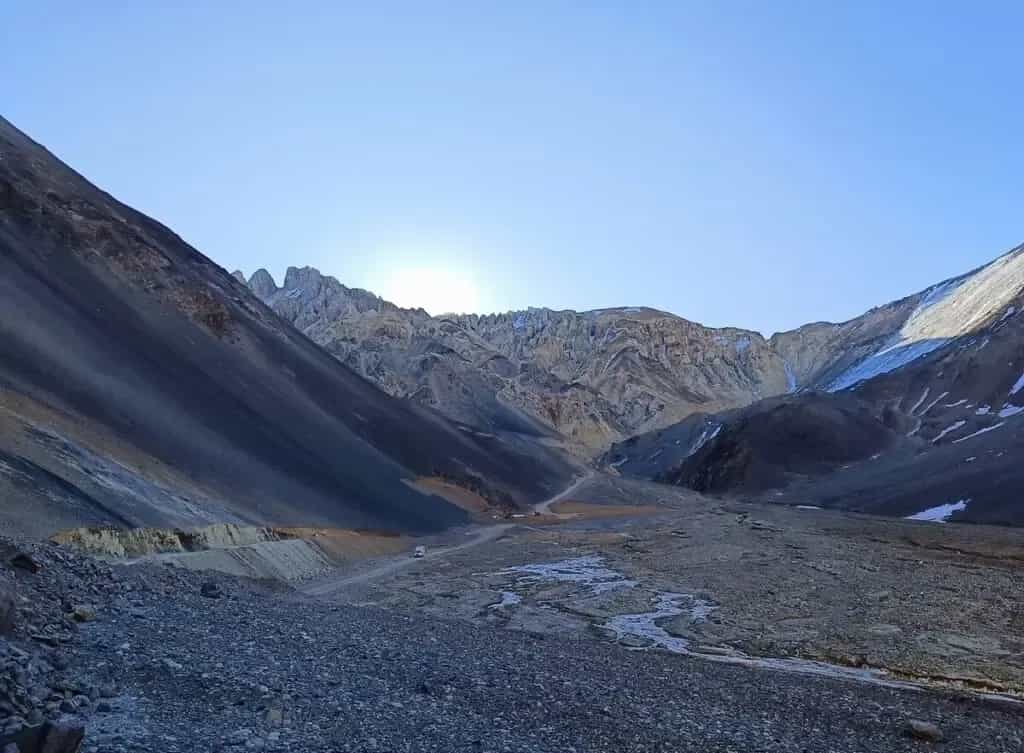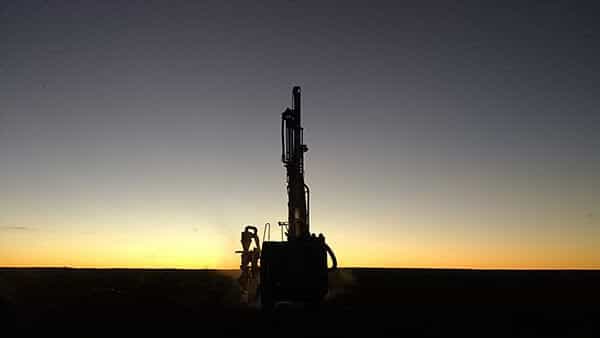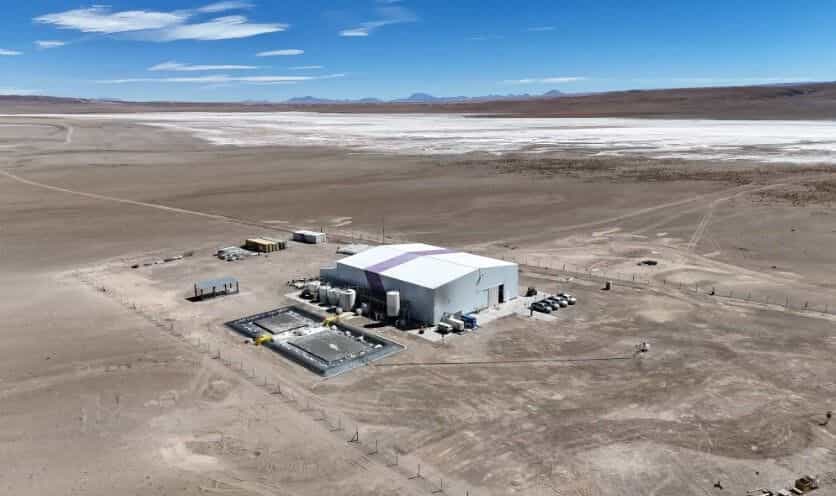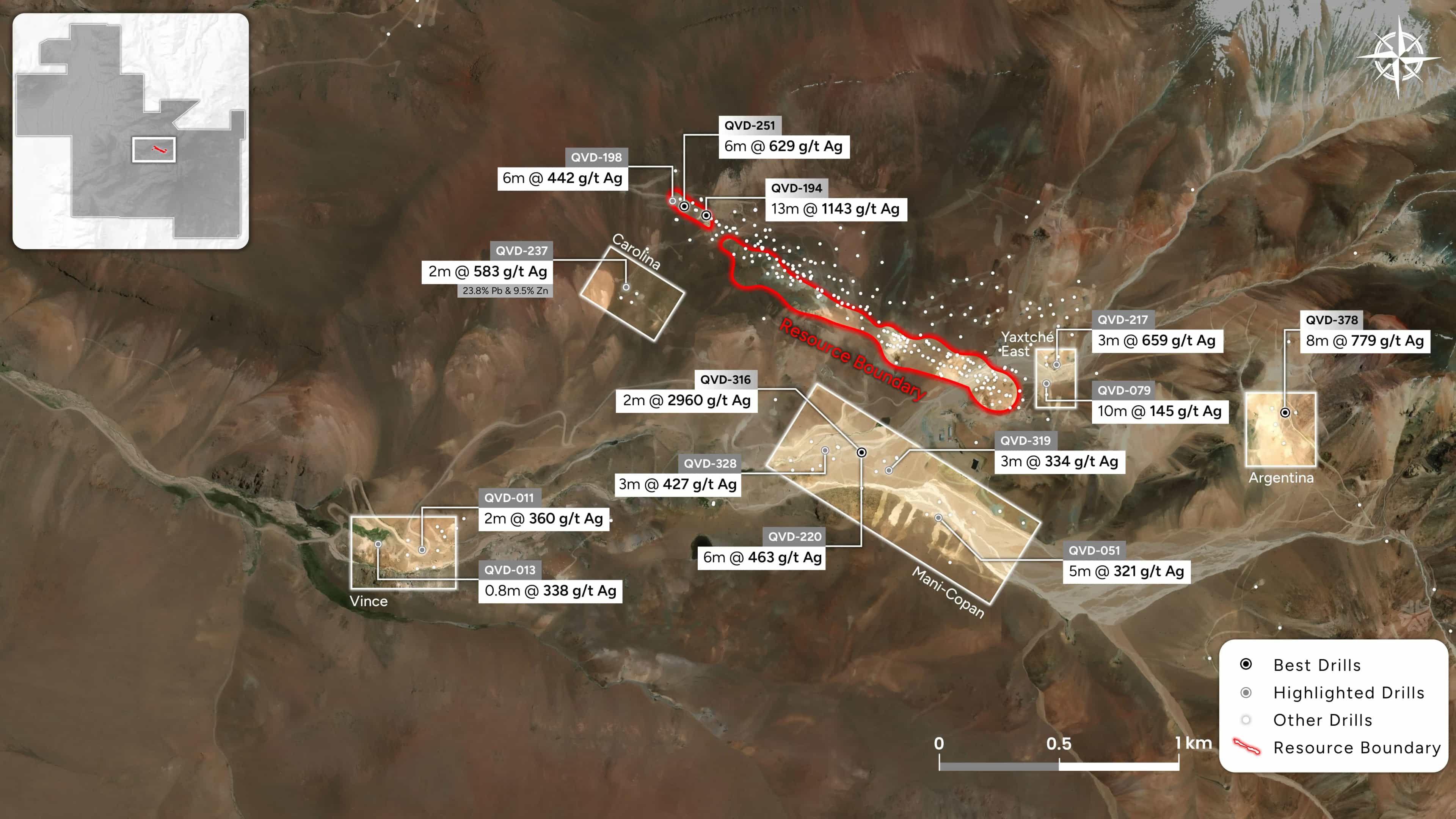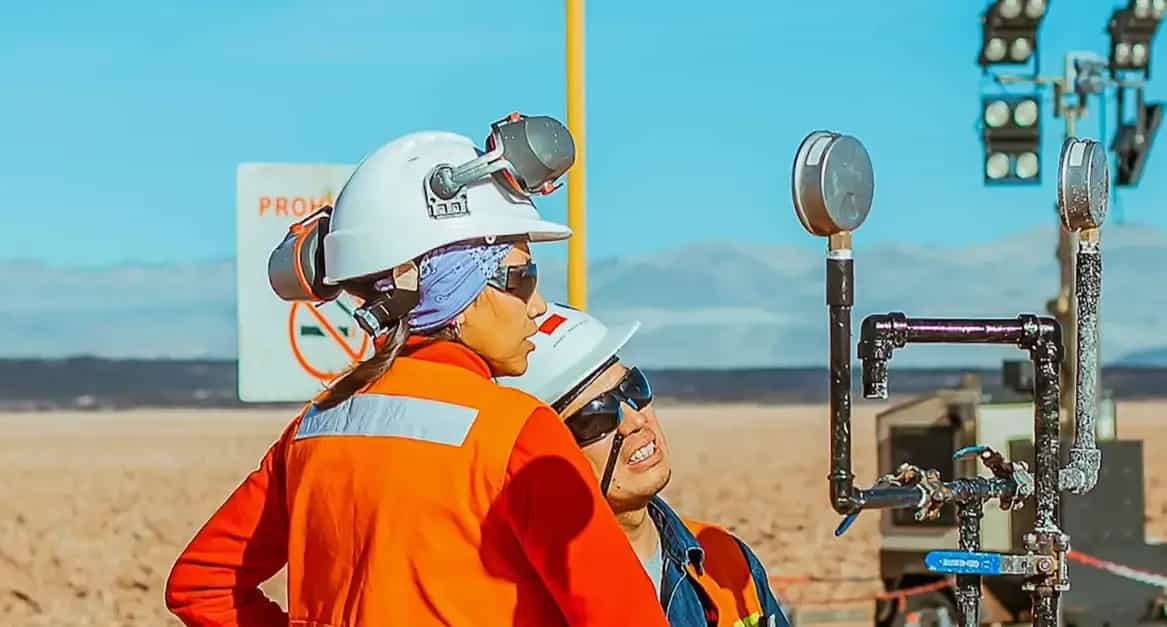The Republic of Argentina has faced challenges in attracting mining investments for various reasons, and possibly some of these are linked to competitiveness in terms of taxation and other regulatory aspects, such as exchange rate regimes and fiscal stability. In the late 1990s, Argentina produced about 200,000 tons of copper, while Peru produced around 400,000. By 2018, Argentina had ceased production, and Peru had reached 2.4 million tons.
By Daniel Jerez
Consultant, World Bank

Despite having a framework that sets guidelines to create incentive conditions in this regard—the Mining Investments Law 24196—its application and effectiveness have not been entirely successful. Mining has its particularities, and in many countries around the world, there are special regimes designed to attract investments. We can talk about best practices to incentivize capital attraction, balancing competitiveness with appropriate revenue capture from the activity and the use of state-owned resources.
Some aspects to consider in the discussion of these topics will be mentioned here in a very concise manner, emphasizing that this issue requires much deeper analysis and work.
Taxes and Exploitable Reserves
Among the particular aspects of this industry, one element is dynamic, inherent to the economics of mining projects and operations: the cut-off grade. The cut-off grade is the minimum grade (the minimum amount of recoverable mineral in the rock mass) that is economically exploitable. There is an inverse relationship between grades and exploitable quantities; the higher the cut-off grade, the lower the amount of exploitable mineral. The cut-off grade depends directly on costs, ceteris paribus. The higher the costs, the higher the minimum exploitable grades, and therefore, the lower the economically recoverable reserves. Since taxes are a type of cost, they influence mineral reserves (the quantity of economically exploitable mineral). A sound tax policy should consider this characteristic, ensuring that the tax structure is competitive, progressive, and allows for adequate state revenue capture without sacrificing potentially exploitable resources due to excessive taxes. This approach could extend the life of mines, ultimately generating jobs, supporting suppliers, and even increasing indirect tax revenues.
Fiscal Stability
There is consensus that activities requiring large investments, high risk, and long capital recovery periods, especially in countries with fluctuating tax policies, need some form of special legislation that ensures that, at least for a reasonable period, the conditions established and projected at the time of the investment decision will not change. This would eliminate one of the risks that could affect the project's outlook and the decision to invest. Establishing a fiscal stability period of at least 12 to 15 years would be appropriate for most mining projects.
Royalties or Special Taxes on Mining Activity
The recommendation for these taxes is to structure them progressively. Ad Valorem taxes (on gross revenues) are detrimental in any activity but are especially harmful in mining, as they negatively impact the exploitation of mineral resources, shortening the life of mines or outright rendering mining projects with low returns unviable, particularly in high-risk jurisdictions. For this reason, establishing progressive royalties based on mining operating profit, with increasing rates depending on the operating margin, are practices that encourage investment by reducing risks, are progressive, and also promote social acceptance. Examples include the legislation in Chile and Peru (for nearly all minerals except lithium), where the consequences are clear: those countries have seen much greater investments in copper and much lower investments in lithium. It's also important not to confuse a progressive structure with a regime of increasing rates based on price—this is not progressive at all since it doesn't consider costs, which vary between mining operations and within the same operation throughout the mine's life due to rising costs from deepening and decreasing grades, which are common in mining.
Income Tax and Dividend Distribution Tax
The globally widespread income tax is often complemented by a tax on dividend distribution. Generally speaking, the most common global rate is around 35% on shareholders in a combination of corporate tax and shareholder tax. A practice that encourages profit reinvestment is precisely to reduce the corporate profit tax rate and apply taxes on dividend distribution, bringing the combination of the two to a total that is competitive at the international level, such as the aforementioned 35%.
Export Duties
In Argentina, an export tax has been widely used over decades, which constitutes one of the worst practices for products that are exported and not widely consumed domestically. Export duties are applied to the gross sales value without deducting any costs, making them a regressive tax that heavily impacts operations with low profitability and, in the case of mining, negatively affects economic reserves, shortening the life of mines. An appropriate tax structure should not include any Ad Valorem taxes, such as export duties, which are also non-sharable taxes and limit revenue capture for provincial governments.
Exemption from Import Duties on Certain Goods and Services
The Mining Investments Law stipulates that imports and acquisitions of goods and services determined by the enforcing authority are exempt from import duties. This is an important tool for reducing investment costs, which must be managed carefully to avoid extremes such as allowing the indiscriminate importation of any goods or services under this benefit or, on the other hand, restricting these through provisions that could completely limit the possibility of applying this measure or facilitate corruption through discretionary approvals. The regulation of such a law could specify more details to avoid excesses and properly use this tool as an investment stimulus.
VAT Refund on Investment
VAT is a tax that should not impact companies. It is a value-added tax paid by final consumers, which is why it is refunded to exporters who cannot recover the tax credit they have for purchases. The history of VAT refund mechanisms for investments in Argentina shows that they have not been effective, ultimately leading to an increase in initial investment costs by nearly 18%, which is a significant disincentive to investment that strongly affects project economics. Effective mechanisms should be established so that VAT is refunded immediately and does not add an additional burden to investment.
Exchange Rate Regime: Free Availability of Foreign Currency
History also shows us the need to establish a commitment on this issue. Over at least the past 15 years, the existence of multiple exchange rates (and the enormous differences between them), along with the obligation to repatriate foreign currency that is then converted at one of the official exchange rates (which are typically far lower than the rates used in the economy), has severely harmed the economics of operations. The fact that, on several occasions, the free availability of foreign currency for the payment of interest and dividends has been restricted, coupled with the obligation to repatriate and trade these in the exchange market, has been a disincentive to investment. Therefore, it is important to create a mechanism that ensures the free availability of at least a significant percentage of foreign currency that does not need to be repatriated.
This idea, along with external arbitration for dispute resolution, generates conflicts with some sectors that argue it constitutes a "loss of sovereignty," but as mentioned, both proposals are considered necessary to attract investment given our history. Additionally, it must be considered that for the payment of internal costs and taxes, 70% to 80% of export revenues will still need to be repatriated.
External Arbitration for Dispute Resolution: Procedure for Claims Regarding Breach of Stability
Experience with the Mining Investments Law and its effectiveness in ensuring fiscal stability unfortunately shows that to generate confidence and encourage investment, it is necessary to establish mechanisms for conflict resolution regarding the application and interpretation of laws in international organizations and institutions.
Final Considerations
To attract investment in the mining sector, we need to be competitive, build trust, and have a tax structure that optimizes the exploitation of the minerals in our subsoil, multiplying the job opportunities for Argentinians that this wealth offers.
It’s possible that some or all of the points mentioned may generate a perception among some people of exaggerated benefits for these investments. In reality, what is sought is competitiveness, and it must be said that some of the alternatives mentioned are a consequence of the behavior that our country has exhibited for a long time, which has channeled investments to other countries, generating tens of thousands of jobs abroad and unemployment in our own. Let’s not forget the comparison with Peru regarding copper production trends.
Several of the points mentioned in this note have been included in the recently approved Basic Law/RIGI. However, discussions can continue so that our country advances toward a tax system for the mining industry that allows for a balanced revenue capture by the state, is competitive, encourages investment, and makes the best use of mineral resources.

